Mathematical Figures
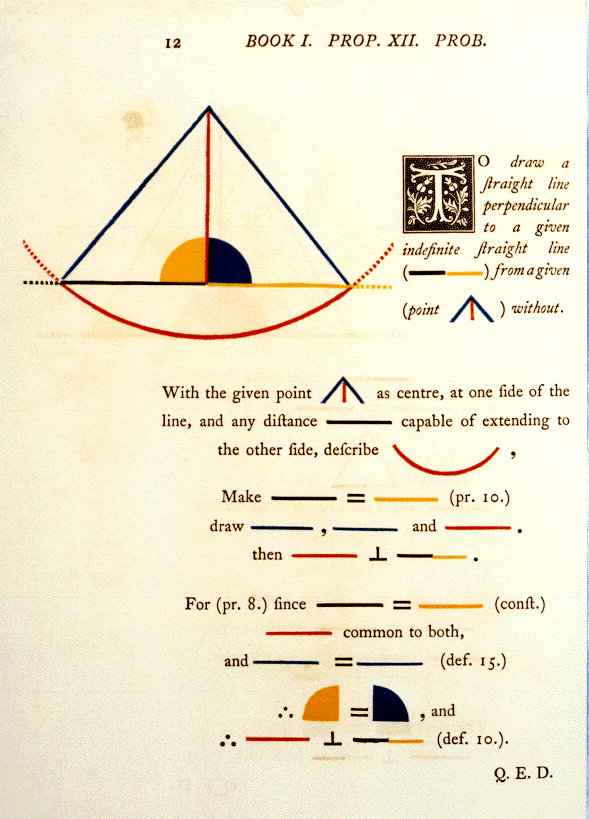
My Drawings
I am by no means an artist, but I do take care with my own mathematical drawings. Below are a few of my own scribbles from past talks and papers as well as current work in no particular order:
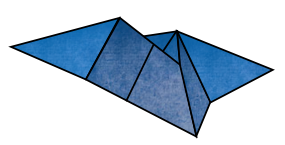
|
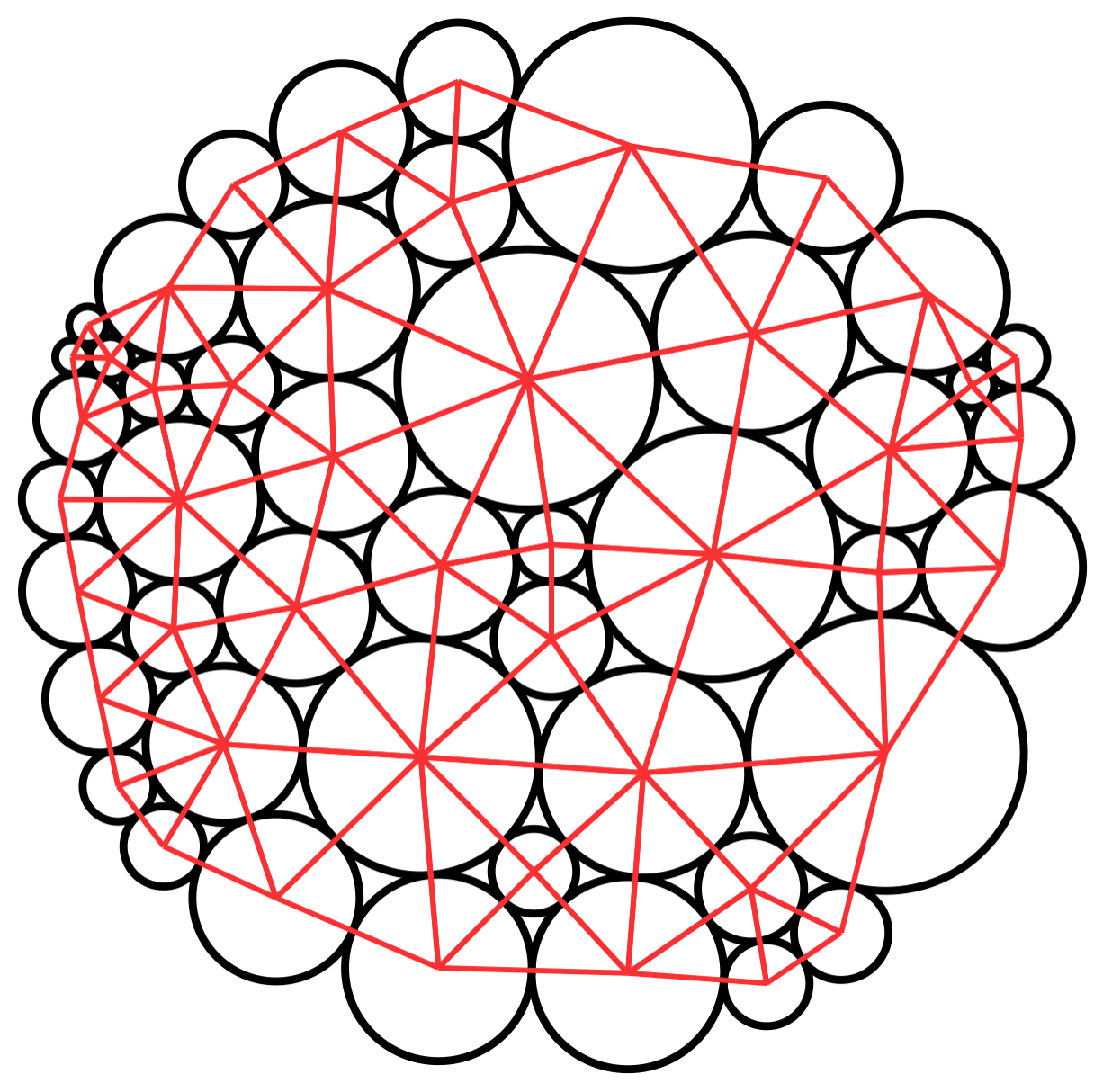
|
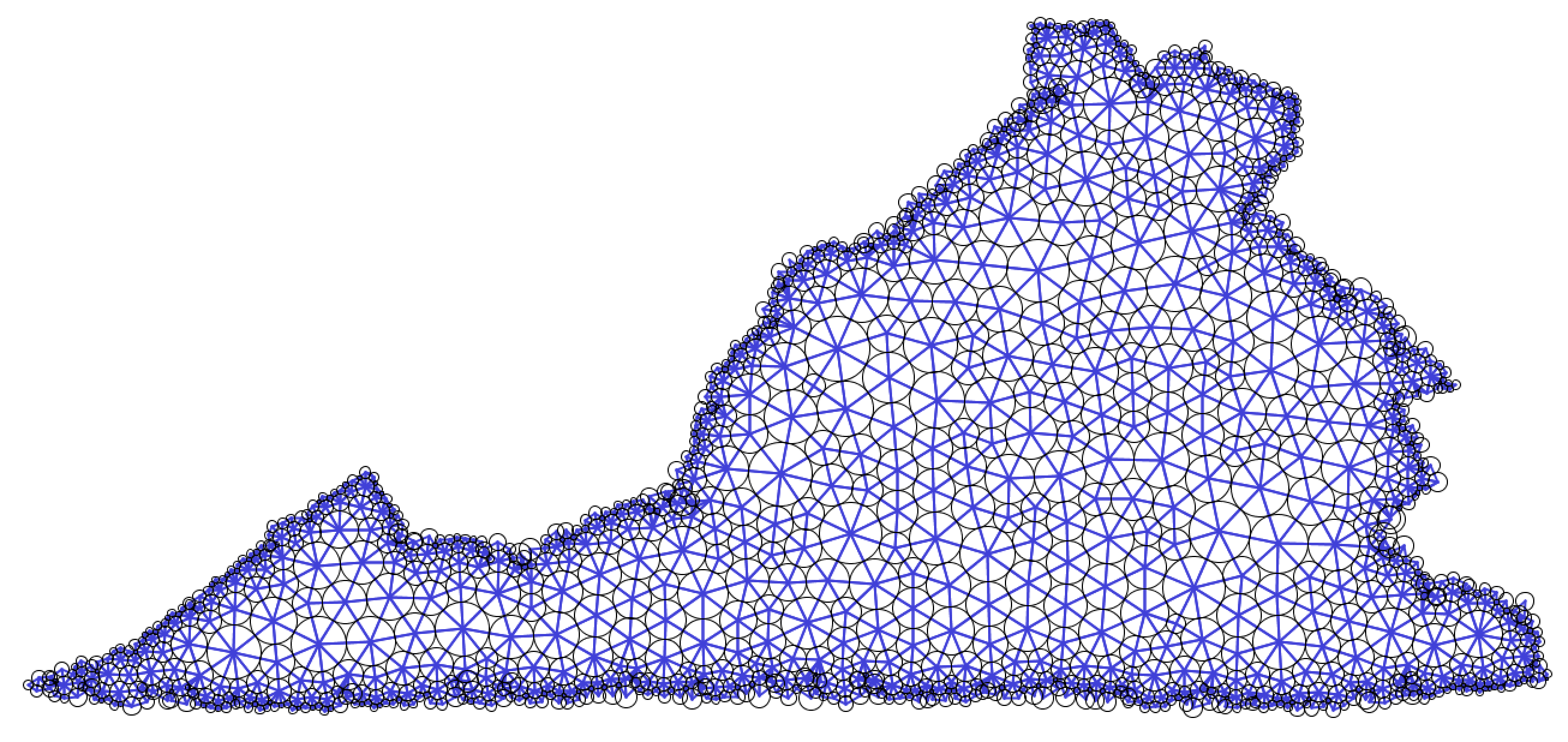
|
|
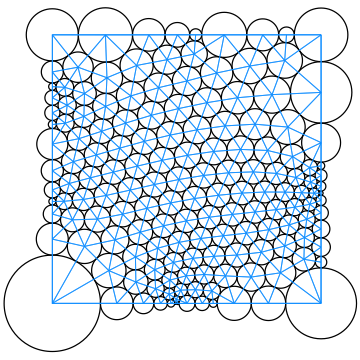
|
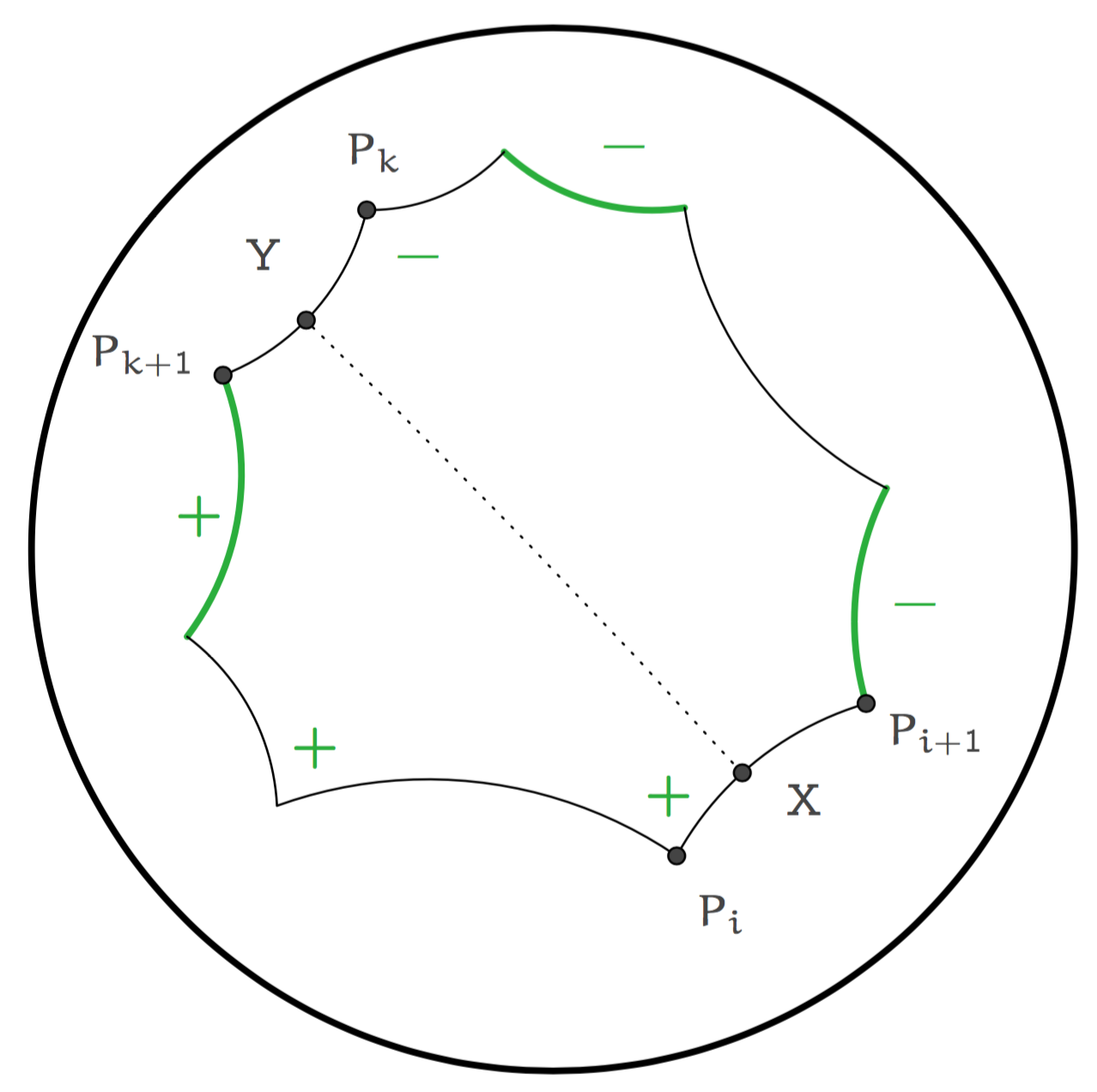
|
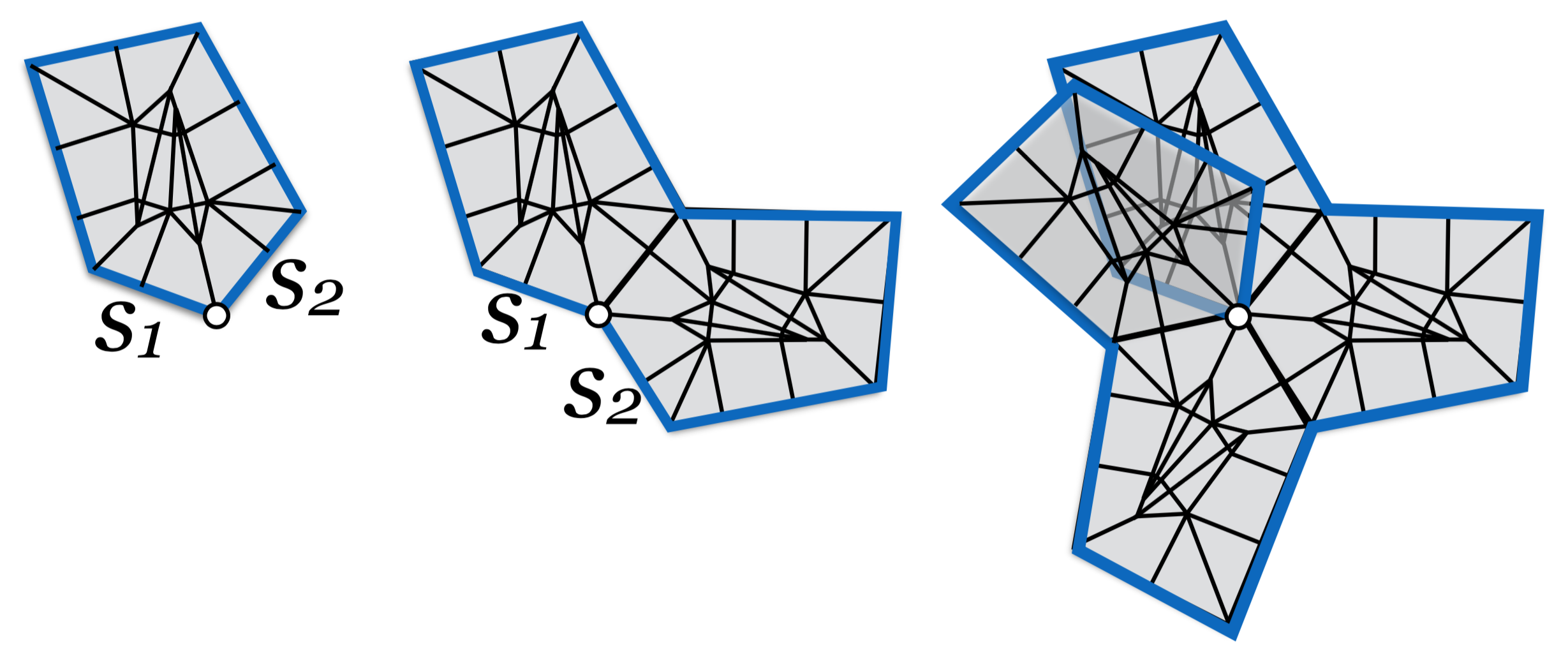
|
|
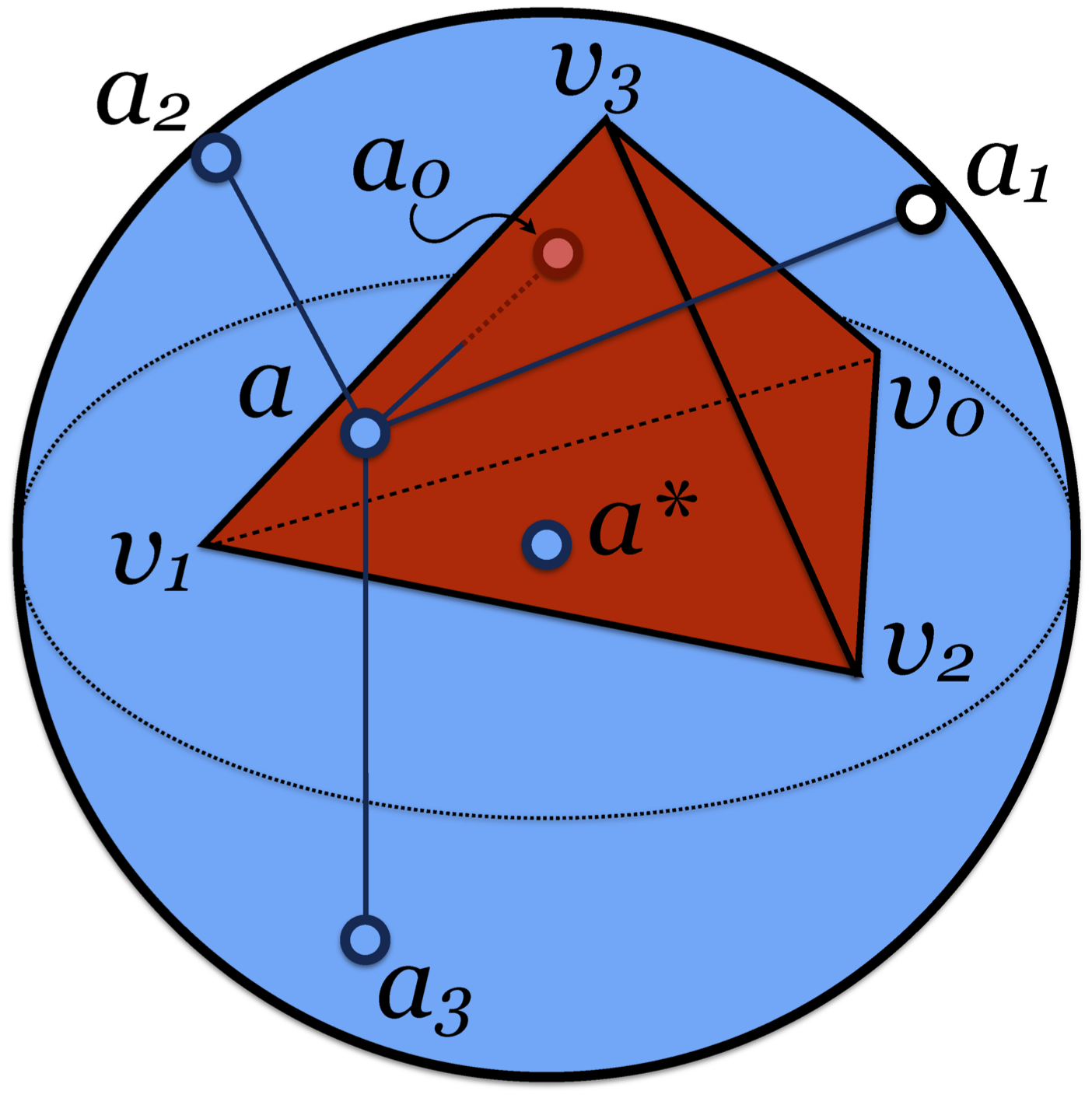
|
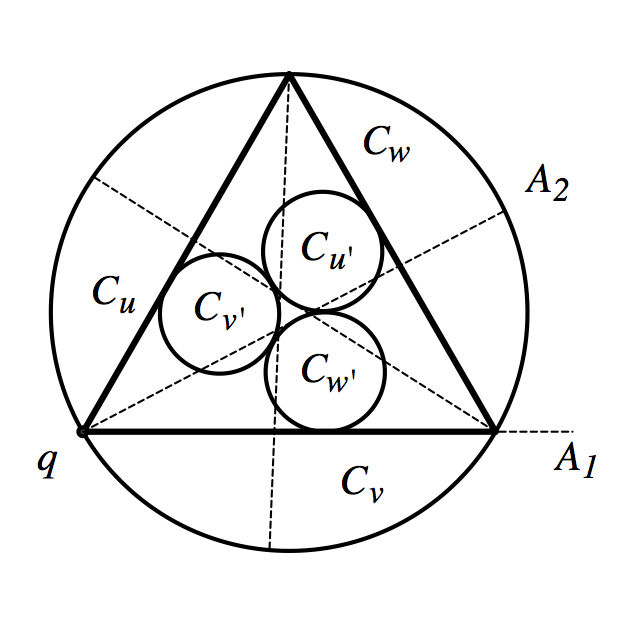
|
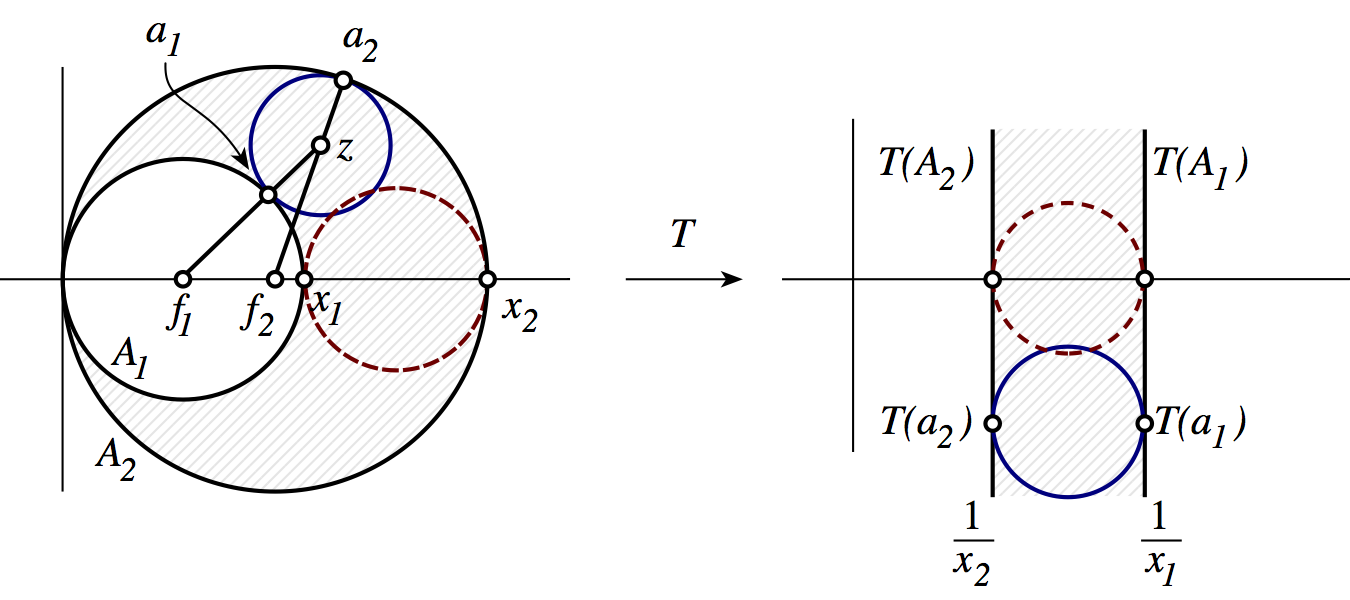
|
|

I am by no means an artist, but I do take care with my own mathematical drawings. Below are a few of my own scribbles from past talks and papers as well as current work in no particular order:

|

|

|
|

|

|

|
|

|

|

|
|